Higher classification Calidrid | Phylum Chordata Family Scolopacidae Rank Species | |
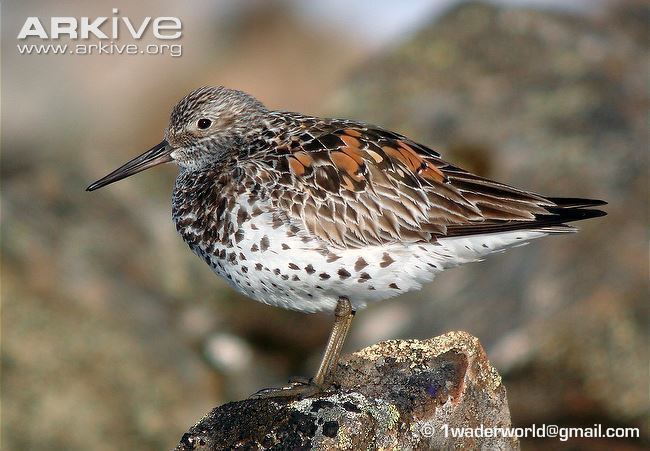 | ||
Similar Bird, Sandpiper, Red‑necked stint, Grey‑tailed tattler, Far Eastern curlew | ||
Great knot
The great knot (Calidris tenuirostris) is a small wader. It is the largest of the calidrid species. The genus name is from Ancient Greek kalidris or skalidris, a term used by Aristotle for some grey-coloured waterside birds. The specific tenuirostris is from Latin tenuis "slender" and rostrum "bill".
Contents
- Great knot
- Great knot gore point norfolk 25 06 16
- Distribution
- Description
- Australia
- State of Victoria Australia
- References
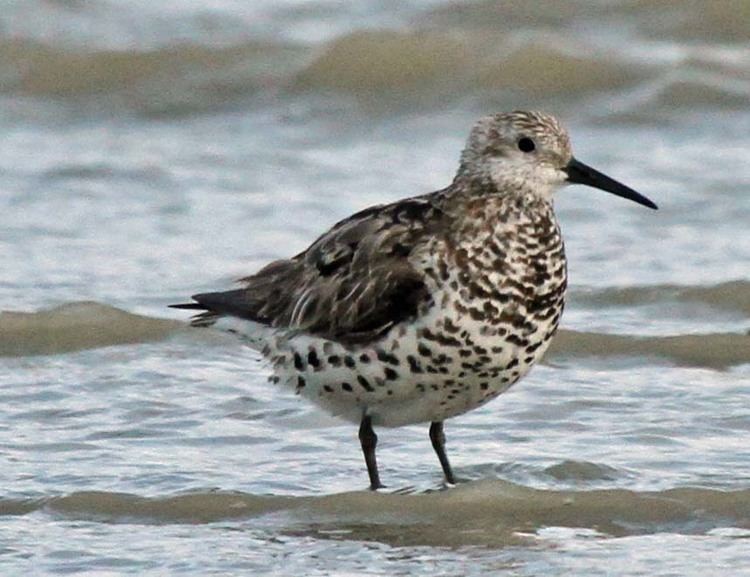
Great knot gore point norfolk 25 06 16
Distribution
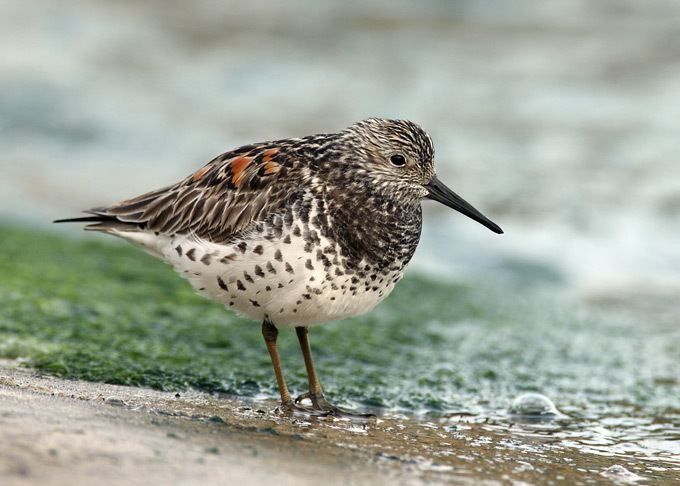
Their breeding habitat is tundra in northeast Siberia. They nest on the ground laying about four eggs in a ground scrape. They are strongly migratory wintering on coasts in southern Asia through to Australia. This species forms enormous flocks in winter. It is a rare vagrant to western Europe.
Description
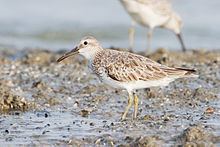
This species has short dark legs and a medium-length thin dark bill. Breeding adults have mottled greyish upperparts with some rufous feathering. The face, throat and breast are heavily spotted black, and there are also some streaks on the rear belly. In winter the plumage becomes uniformly pale grey above. This bird is closely related to the more widespread red knot. In breeding plumage, the latter has a distinctive red face, throat and breast. In other plumages, the great knot can be identified by its larger size, longer bill, deeper chest, and the more streaked upperparts.
These birds forage on mudflats and beaches, probing or picking up food by sight. They mainly eat molluscs and insects.
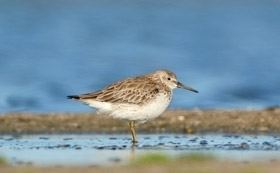
The great knot is one of the species to which the Agreement on the Conservation of African-Eurasian Migratory Waterbirds (AEWA) applies.
Australia
Great knot are not listed as threatened on the Environment Protection and Biodiversity Conservation Act 1999.
